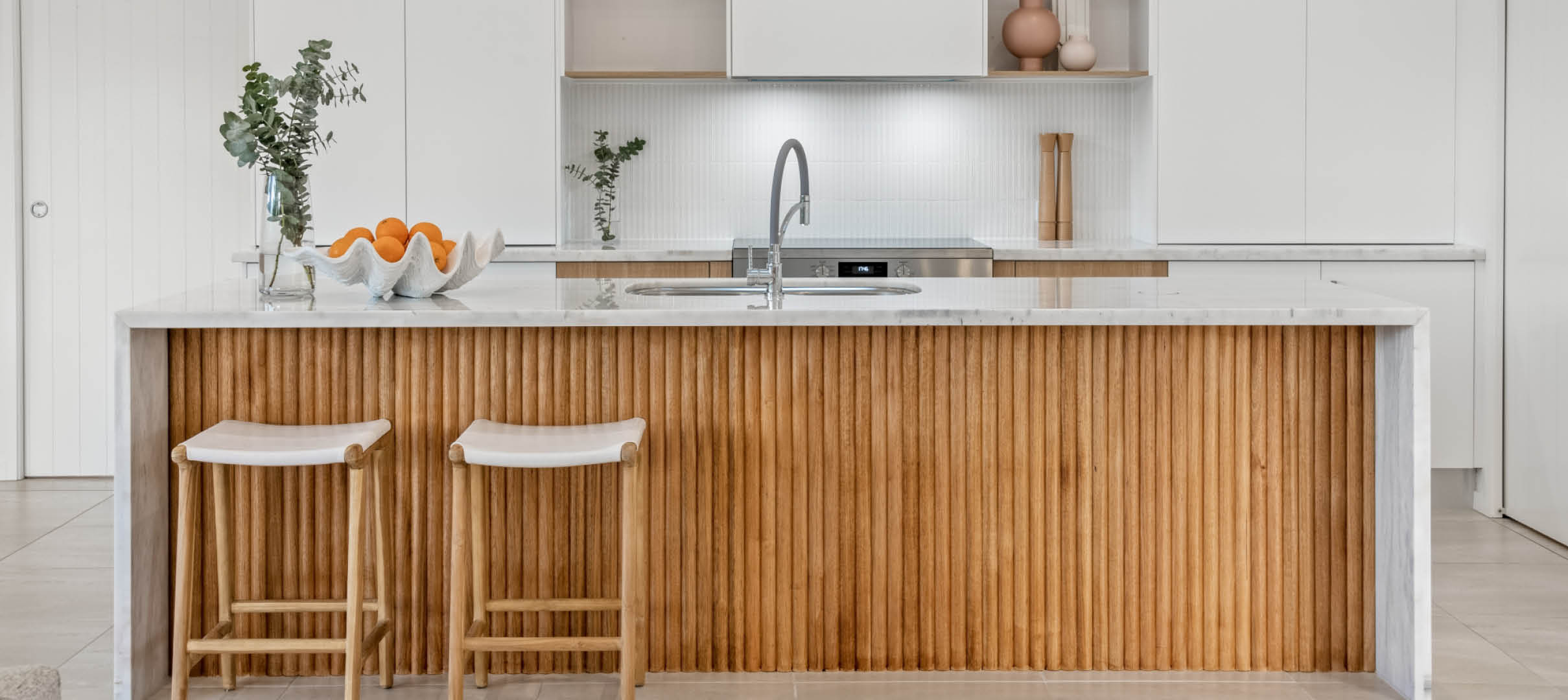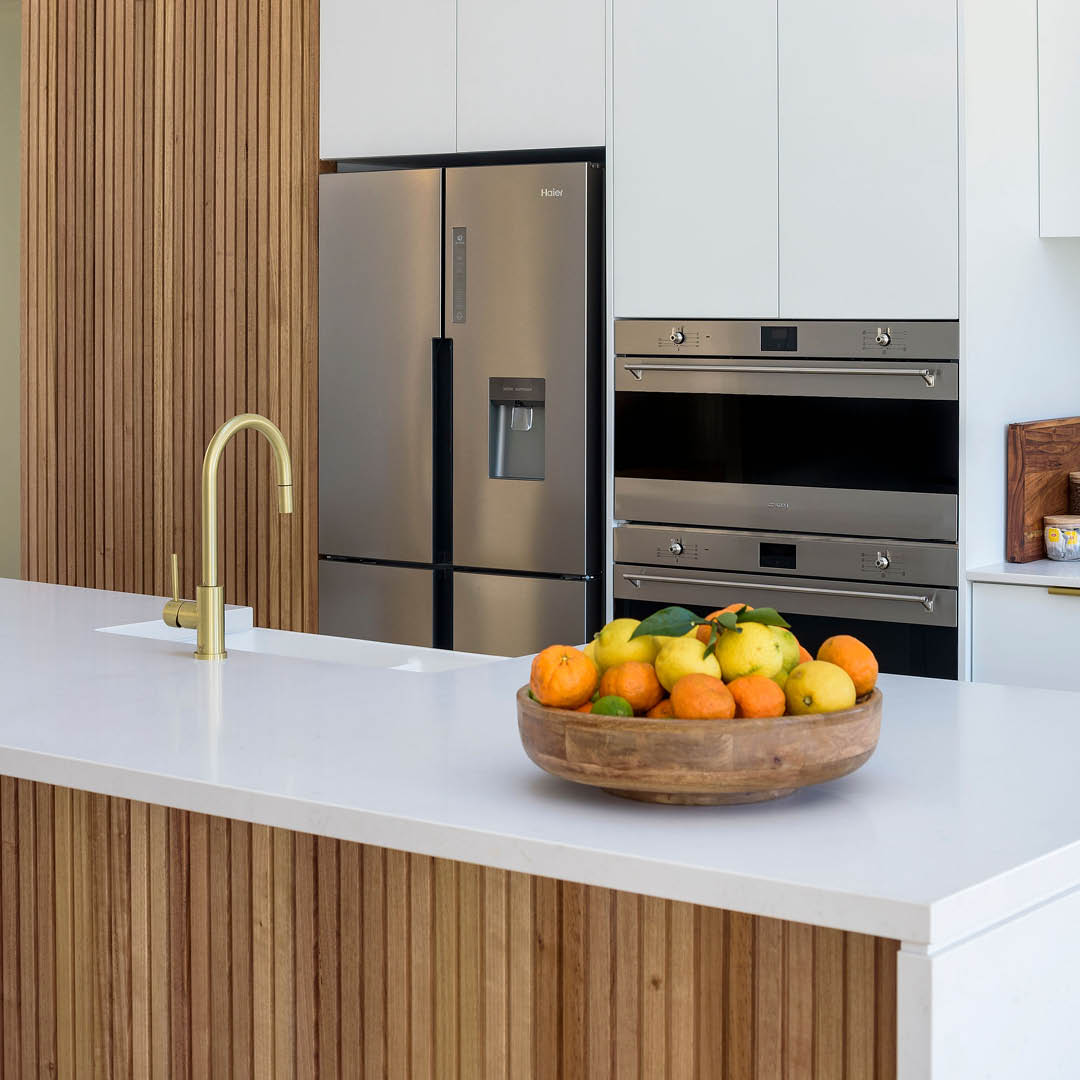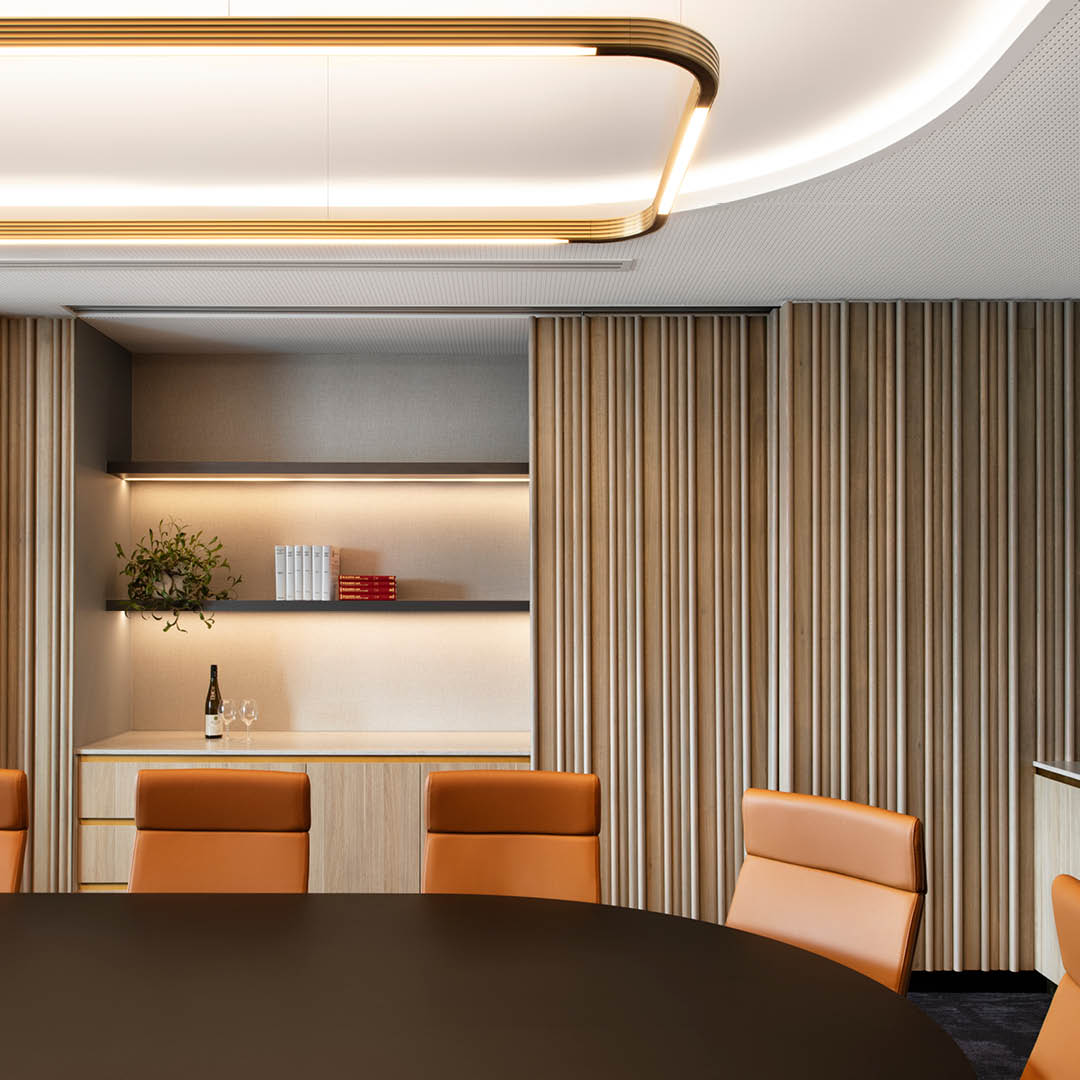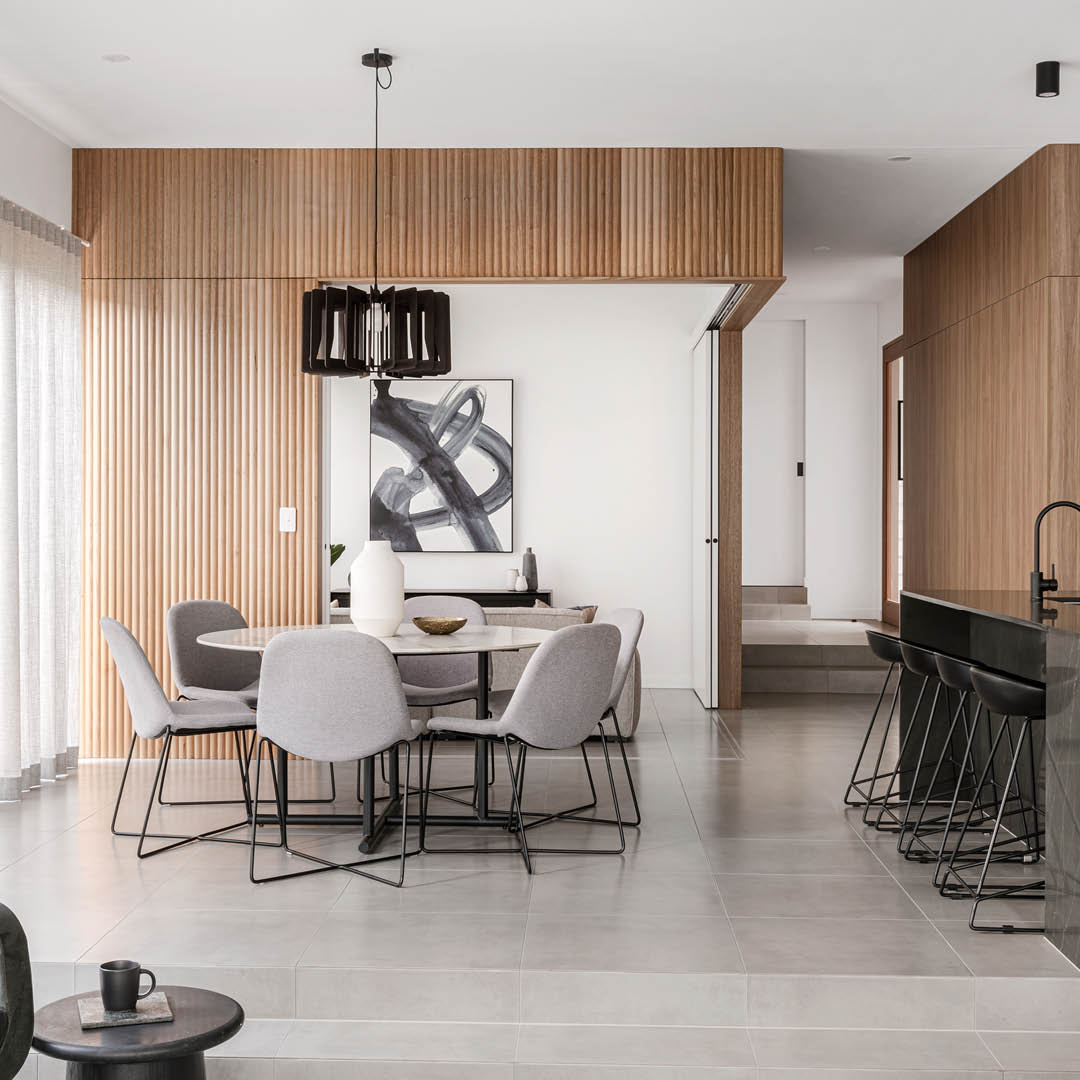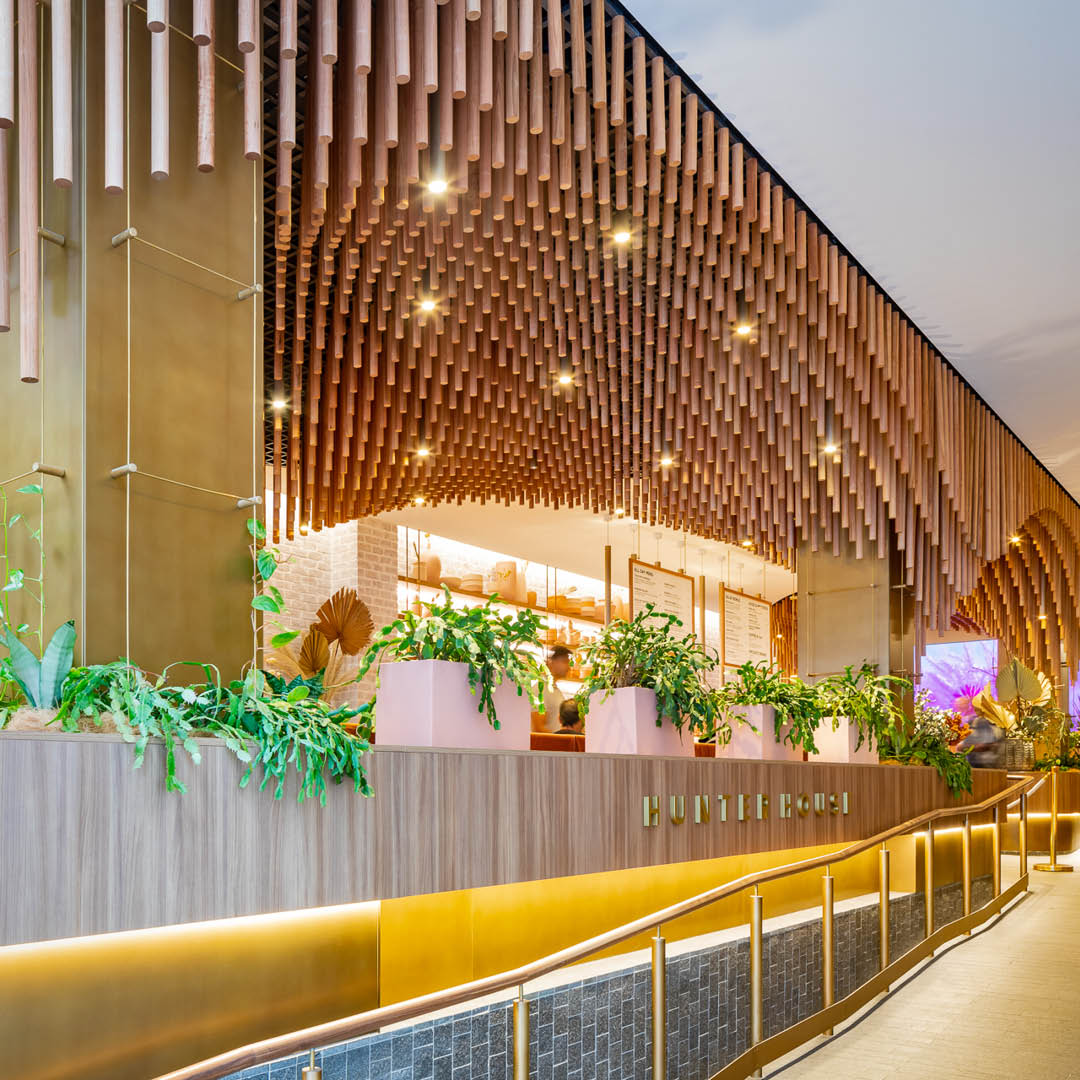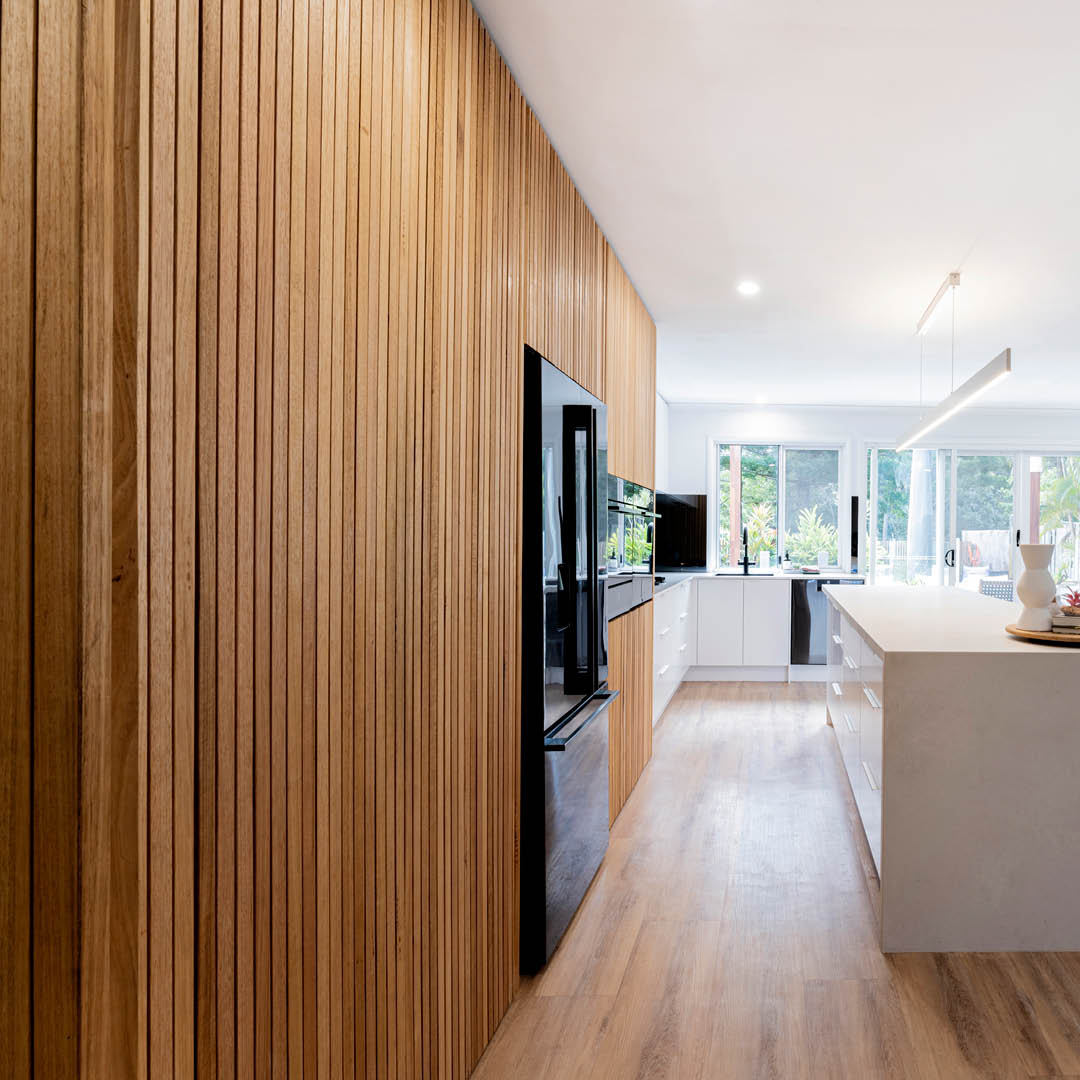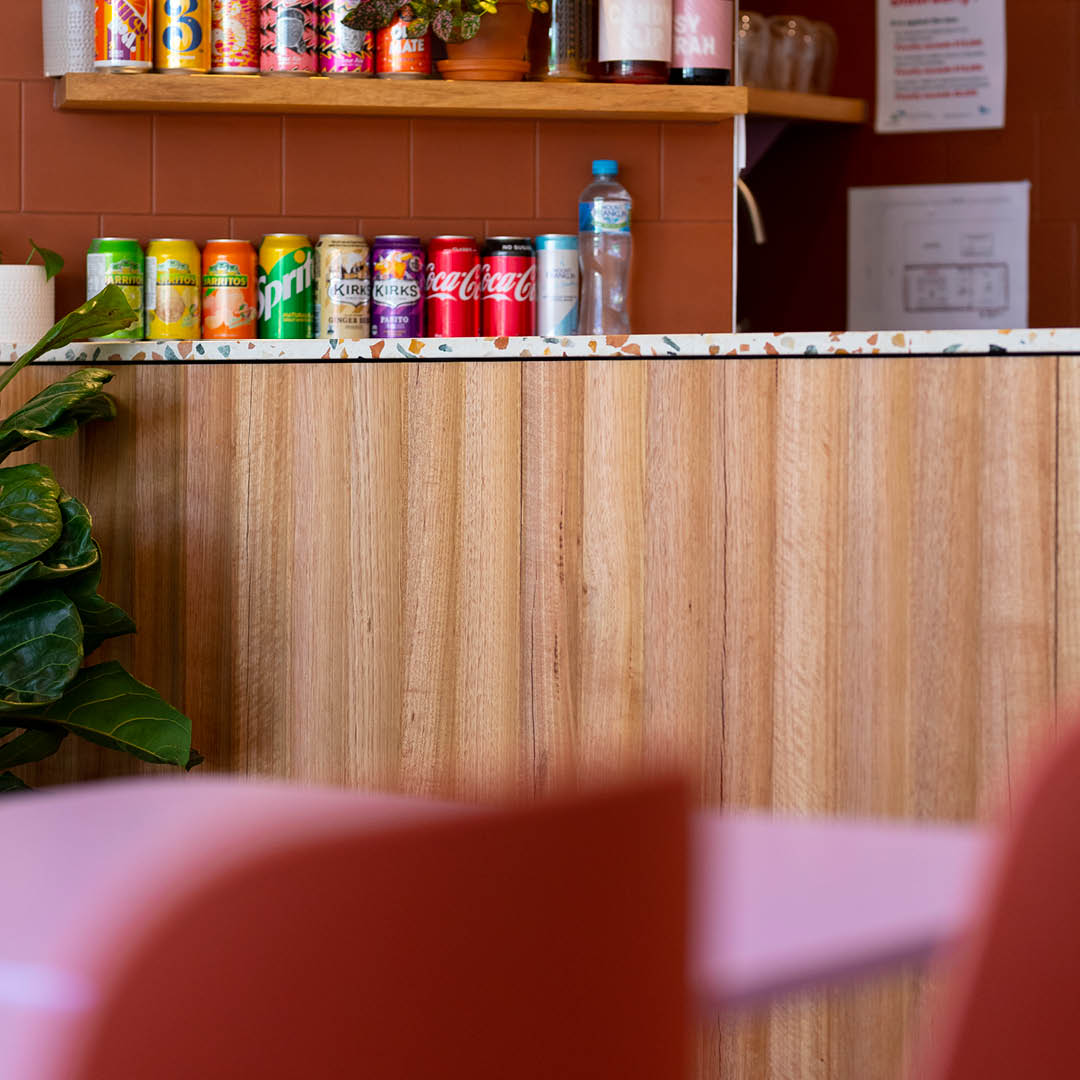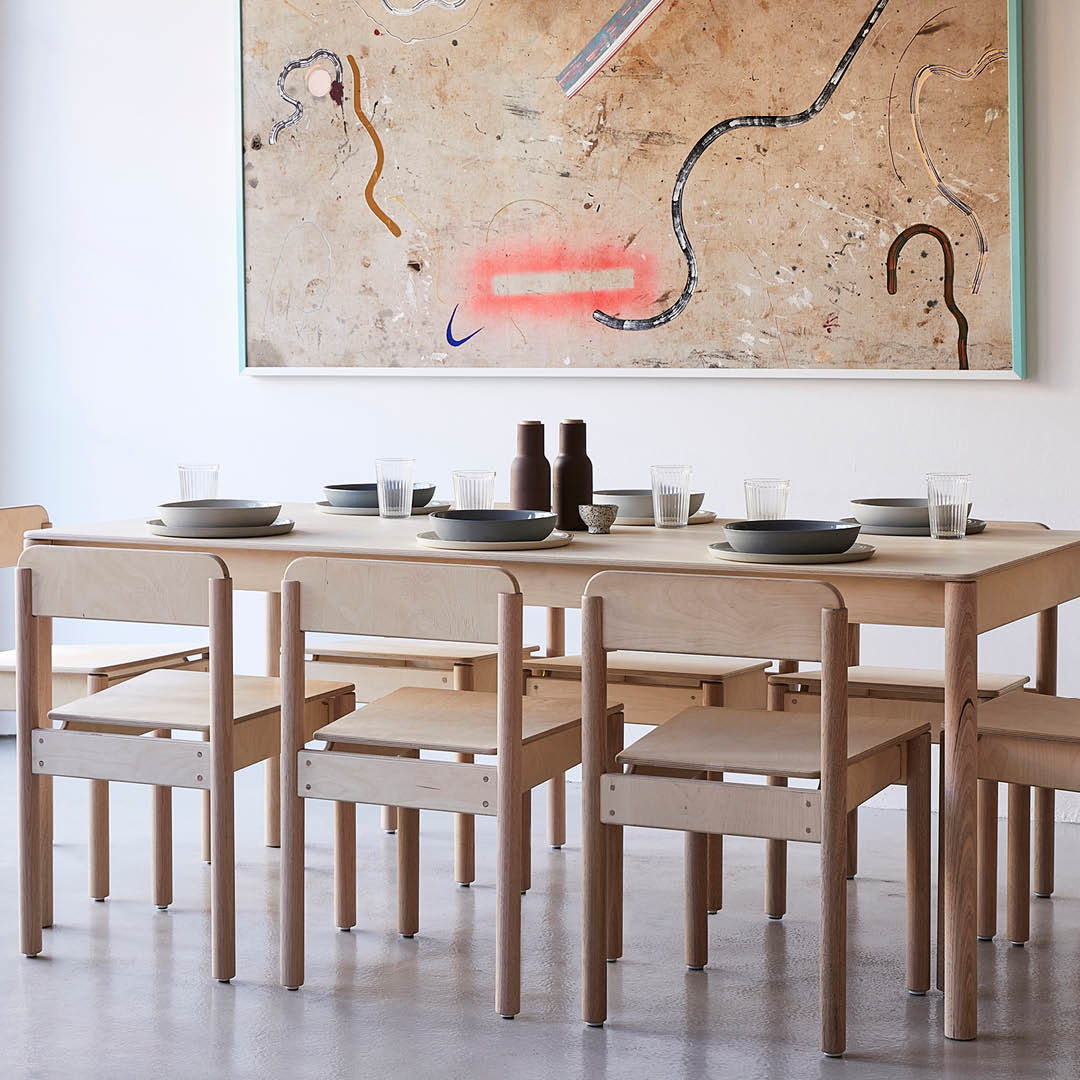Responsibly sourced timber is the only renewable building material available.
Porta’s Tasmanian timber is grown sustainably. As a sustainably managed timber, this means that the trees regenerate (grow back) after harvesting. It is also processed to the highest standard and backed by Australia’s leading timber experts.
There are many other benefits of using responsibly sourced timber, including*:
Embodied carbon emissions in the Australian construction sector account for over 23 per cent of all carbon emissions. To effectively tackle climate change, we need to remove CO2 from the atmosphere as well as reduce carbon emissions.
Timber stores carbon and has a much lower embodied energy than other major building materials, which are non-renewable and require large amounts of fossil fuels to produce*.
To produce 1kg of timber, a tree consumes 1.47kg of CO2 and returns just over a kilo of oxygen into the atmosphere. When trees are harvested and used to make timber products, the carbon remains stored in the timber for the life of the product (about 50 per cent of the dry weight of timber is carbon).
It is preferable to have the carbon stored in trees and in timber products than in the atmosphere, where it contributes to climate change*.
Timber is Good for Health and Wellbeing
The use of timber in the interior of a building or home has clear physiological and psychological benefits that mimic the effect of spending time outside in nature. The feelings of natural warmth and comfort that timber elicits in people has the effect of lowering blood pressure and heart rates, reducing stress and anxiety, and increasing positive social interactions*.
Click here to read more about the benefits of using Porta timber in your home.
Where Does Timber Come From?
There are two sources of timber:
- Old growth timber – the timber is over 250 years old. Old growth timber is not used by Porta.
- Regrowth timber – the timber is grown in defined forest areas and is an average of 40-60 years old. Each log is clearly identified with a log docket and on an invoice, and Forest Management Plans are in place.
Public Production Forests
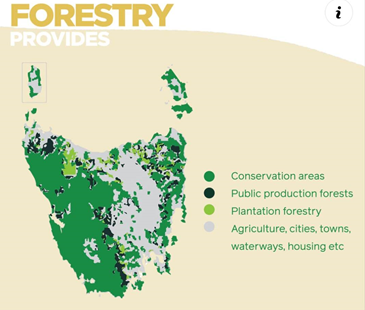
Tasmanian Oak is grown in the southern and central highlands of Tasmania. The forests are managed by Sustainable Timber Tasmania (STT), a Tasmanian Government Business Enterprise responsible under state legislation for:
- Sustainably managing approximately 812,000 hectares of public production forest (Permanent Timber Production Zone land).
- Undertaking forest operations for the production and sale of forest products from these forests.
The Tasmanian forestry map (above) shows the areas of Tasmania allocated to conservation areas, public production forests, plantation forestry, and agriculture, cities, towns, waterways, housing, etc. Porta’s Tasmanian timber comes from public production forests.
Chain of Custody
Porta are committed to sourcing timber from sustainable and environmentally responsible resources.
We hold Chain of Custody under internationally recognised and accredited organisations including the Forest Stewardship Council® (FSC) and the Programme for the Endorsement of Forest Certification (PEFC).
Chain of Custody refers to all the steps in the process - from the timber grown in our forests through to the manufacturing process, distribution channels, and the end consumer.
For a product (or project) to be labelled as being made from certified timber an unbroken chain is required.
Certification allows us to:
- Track timber products from sourced forest through to the end product.
- Assure customer or end user that the product purchased is responsibly sourced and not obtained illegally or unethically.
- Forest products that are legally sourced.
- Structure forest management systems, encompassing economic, environmental, and social values and outcomes.
- Manage Chain of Custody certification through regular audits and careful monitoring of all paperwork for timber products.
Why Chain of Custody is Important
As consumers, we are becoming more aware of the global decline in forest areas, the negative impact of unsustainable practices and illegal forest products. Chain of Custody enables you to make informed decisions about where you purchase your timber products from – sustainable and environmentally responsible sources.
*Source: Make It Wood
Featured Projects:
- Design: Geoffrey James Design, Photography: Haus Media Co., Porta Contours Riverine in Tasmanian Oak
- The Grange Edit, Porta Contours Strata in Tasmanian Oak
- Design: IA Design, Photography: Nicole England, Porta Contours V Groove (Custom Profile) in Tasmanian Oak
- Developer: Story Developments, Photography: Brock Beazley, Porta Contours Riverine in Tasmanian Oak
- Design: Fender Katsalidis, Photographer: Guy Wilkinson, Porta Dowel in Tasmanian Oak
- Design: Kate Anderson Design, 30 x 18mm Dressed All Roundin Tasmanian Oak (finished with Danish oil)
- Fried Hustle, Porta Contours Valley in Tasmanian Oak
- Maker: SoWatt, Photography: Nic Gossage, Artwork: Emma Finneran, Crockery: Mud Australia, Porta Dowel in Tasmanian Oak

